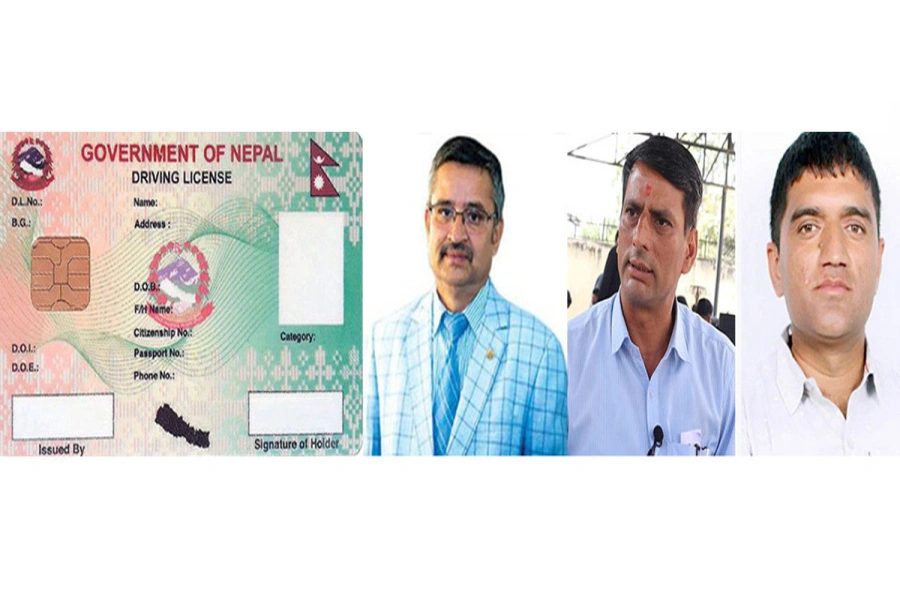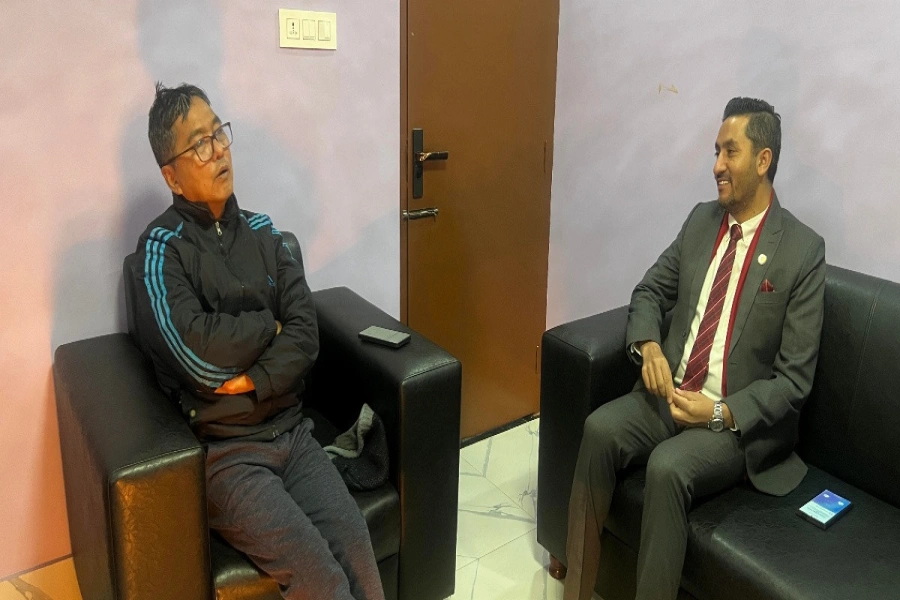KATHMANDU, May 17: The Council for Technical Education and Vocational Training (CTEVT) has announced the removal of entrance examinations for student admissions starting from the upcoming academic session.
According to the newly issued Admission Guidelines 2082, students will now be admitted based on the Grade Point Average (GPA) they obtained in the Secondary Education Examination (SEE) of Grade X.
However, the Nepal Student Union (NSU) has opposed this decision made by the CTEVT. The NSU staged a protest on Thursday morning by burning a copy of the CTEVT’s new admission guidelines in the presence of CTEVT Member Secretary Mahesh Bhattarai.
7 Simple tips and tricks to help you prepare for entrance exam...

While CTEVT Director Pramod Acharya stated that the guidelines were issued with the aim of making technical education accessible to all students by using the SEE GPA as the basis for admission, NSU spokesperson Suraj Sejuwal, on the other hand, accused the CTEVT of restricting students' entry into technical education by removing the entrance exam and implementing GPA-based admissions.
According to Director Acharya, the CTEVT revised the admission guidelines in line with Clause 64 of the Government of Nepal's policies and programs. The new guidelines aim to increase access to technical education for a greater number of students.
The policies and programs presented in parliament by President Ram Chandra Paudel states that, upon completion of school education, students will be admitted to technical and vocational education or university-level education based on their grading. It also outlines a plan to extend the technical education stream up to the university level.
According to Sejuwal, students who score low marks in the SEE often turn to technical education through the CTEVT, as they may not qualify for general education. “In such cases, if GPA is made the basis for admission, students from community schools will be excluded,” he said, “Private campuses under the CTEVT, especially in faculties like nursing, have been charging excessively high fees in an arbitrary manner.”
“But instead of focusing on regulating and monitoring institutions to provide relief to students, revising courses to meet international standards, and producing skilled technical manpower, the CTEVT has removed the entrance exam and implemented GPA-based admissions, which seems aimed at benefiting private institutions,” he added.
The CTEVT’s central office comprises nine major divisions. At the central level, it operates the Managerial Training Institute and the Financial Skill Testing and Examination Control Office. Additionally, as an autonomous body, the CTEVT has provincial offices functioning in all seven provinces.
Under the CTEVT, there are 66 constituent institutions, 55 partnership institutions, 639 community schools offering technical education, and 422 affiliated private technical institutions currently in operation. These institutions run diploma/certificate level and pre-diploma level programs. The CTEVT offers a variety of programs in fields such as agriculture and forestry, engineering, health, hotel management, and others.
To support livelihood and entrepreneurship development, a total of 1,805 private training providers across the country have received affiliation approval from the CTEVT to conduct short-term vocational skill-based training programs. The National Skill Testing Committee under the CTEVT has been conducting skill testing and certification in various professions and trades, from the initial level up to level 4.




































